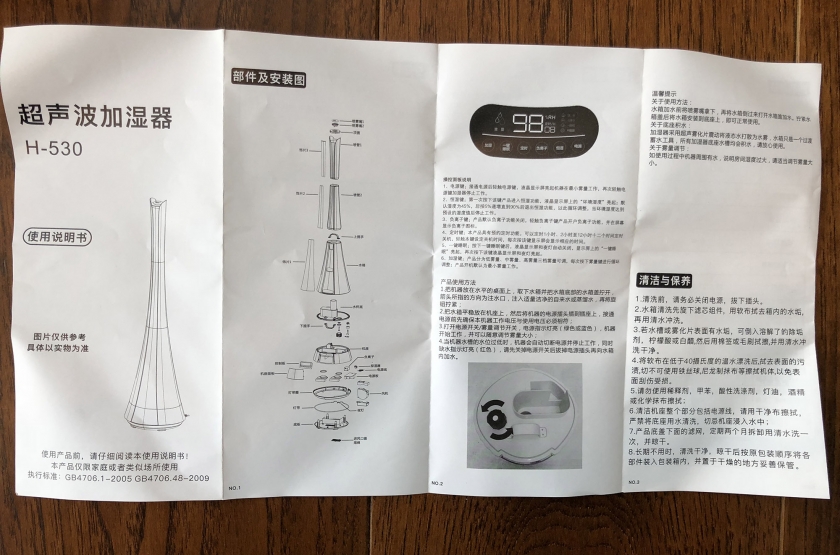What is the difference between Crowdsourced Translation and Big Translation?
- Miley Thomas
- February 25, 2016
- 5,485 views

The translation industry is perhaps one of the first sectors to experiment with the collaborative model of crowdsourcing by farming out translation work to freelance translators located in different countries. Before the Internet came along, translation companies, also called language service providers (LSPs) in industry-speak, used to hire most of their translators in-house. Although the in-house model had many benefits such as having a dedicated team of translators at all times and allowing for easier project management, that model also had its own share of issues. Among the biggest disadvantages were the model’s limitations on scalability as well as the economic strain of keeping full-time linguists specializing in a variety of subject matter fields that weren’t always in demand.
In the mid 1990’s, the Internet began to change the way information was exchanged online. Instead of BBS (bulletin board system) and fax machines, FTPs and emails made file transfer and person-to-person communication as easy as clicking a button. As a result, the translation industry witnessed a surge in the number of freelance translators and translation companies all over the world. Translation is ideally suited for the digital world in that the complete service can be rendered electronically without the needs for such physical logistics like warehouses or the shipment of manufactured goods. A computer and an Internet connection is all that is needed to deliver complete localization services. As such, entry barriers to becoming a freelance translator or even a language service agency became minimal.
By combining the ease of translating digitally and the need for a flexible translator base that is able to scale on-demand for a variety of subject fields, the digital age created a perfect environment for the crowdsourced service model. Consequently, the localization industry became one of the first in the world to begin employing crowdsourcing, long before the word “crowdsourcing” became mainstream.
The evolution of crowdsourced translation
While crowd sourced translation provided a more efficient translation service model, it has become increasingly insufficient in meeting the demand of a rapidly globalizing world where large volumes of translation are needed by a multiplicity of sources and media channels. As with the speed of the digital revolution, all of these translation requirements need completion in-real time. In addition to professional content produced by businesses, a huge amount of user generated content from social media posts, travel site reviews, and product descriptions on major online markets like Amazon and Alibaba all need to be translated in real time.
The translation need to process this gargantuan amount of content is overwhelming the traditional crowdsourced translation model. This is how the concept of “Big Translation” was born. Unlike crowd sourced translation models that target people who are already freelance translators which number only 250,000 globally, Big Translation aims to empower a much larger part of the global population to get involved with translation in their own specialized field of expertise for improved translation quality and unprecedented scalability. Secondly, Big Translation simplifies the translation process and makes it easily accessible to everyone bilingual, allowing them to translate when and where they want in their specialized field. In this sense, Big Translation is effectively the “uberization” of translation so doctors, engineers, lawyers, students, artists and other subject matter experts can all get involved with translation during their spare time and earn money, just like what Uber drivers do for shared rides. Big Translation is much more than just crowd sourced translation, involving many more people and thus taking place on a much larger scale.
Most people may not realize, but half of the world’s population is bilingual; that’s 3.65 billion people. Many of these bilingual people already specialize in a variety of subject matter fields such as medicine, law, finance, energy, arts and literature to name just a few. However, traditional translation technologies have been difficult to use and not readily accessible, shutting off most of these bilingual experts from ever participating in the translation process. This explains why the number of professional translators in the world today is so small. Big Translation aims to make translation easily accessible by anyone speaking two or more languages, dramatically increasing the talent pool as to who can translate for specific industry domain.
Big Translation does this by taking advantage of mobile technologies like Stepes and allowing bilingual people to translate anywhere on their smartphone. According to various industry forecast, in just six years (2020), there will be 6.1 billion smartphone users. Even if just a fraction of those people decide to participate in Big Translation, we will have a much larger translator base in the millions to meet the huge language translation demand. For example, India alone has twenty two major spoken languages and each with millions of speakers. Currently, there are no solutions to translate between these languages en mass to meet the demand of businesses and society. Big Translation will empower millions of Indians to translate on their smartphones for quality and speed.
Big Translation delivers better linguistic quality
One of the biggest advantages of Big Translation is its ability to harness the knowledge of bilingual subject matter experts to deliver translation quality that is better than ever. For example, bilingual doctors and life sciences experts translate medical text better than others because they are already familiar with industry terminology and are in full command of healthcare related subjects. The same applies for experts in other industry sectors and domain fields. By tapping into the domain knowledge of these subject matter experts, Big Translation is able to deliver unrivaled technical accuracy and linguistic quality.
Secondly, as with today’s rating based economy, Big Translation makes each translator accountable for his or her work, allowing only the most qualified linguists with the best quality to flourish in the democratization of translation.
When it comes to Big Translation and language quality, a popular misconception is that just bilingual ability does not automatically make a speaker a good translator. While this reasoning makes sense by itself, it overlooks the fact that Big Translation opens up the translation process to bilingual subject matter experts, those who are already in command of both language skills and domain expertise, two of the most important qualifications for translating. Even if only a fraction of bilingual subject matter experts made for good translators, we would still have a huge number of translators on hand.
Moreover, the argument also underestimates these bilingual subject matter experts’ ability to acquire the skills if they were given the power to translate. For example, in a recent piece by the South China Morning Post, a lecturer at the Chinese University of Hong Kong points out that people who speak several languages may still “struggle to handle more complex tasks” like translating an employment contract or a drug label. This argument misses a key point of Big Translation which is that bilingual subject matter experts are allowed to translate in their own field of expertise. This means a qualified bilingual human resource expert will be able to translate an employment contract and a bilingual pharmaceutical specialist will be able to translate the drug label, if they are given opportunities to translate or perform language review for technical accuracy.
In fact, when it comes to producing technically accurate translation, subject matter expertise trounces the ability to use complex translation tools. It’s precisely this latter point – that translation software is complex and difficult to use – that has effectively prevented many would be bilingual experts from becoming good translators.
By simplifying the translation process so that a much larger number of the world’s bilingual people can get involved with translation, we will be able to better meet the demand of the big translation demand and, at the same time, allow productivity gains to make translation less expensive so more businesses can access them.











